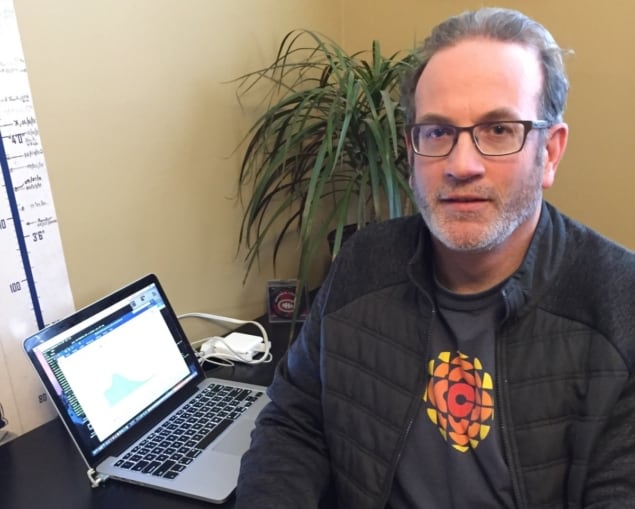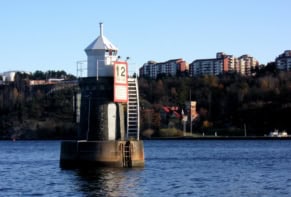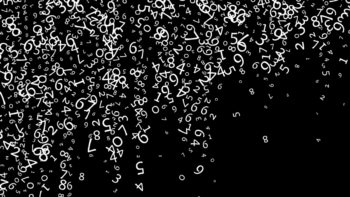Charles Curry is a research associate at the Pacific Climate Impacts Consortium at the University of Victoria in Canada.
This post is part of a series on how the COVID-19 pandemic is affecting the personal and professional lives of physicists around the world. If you’d like to share your own perspective, please contact us at pwld@ioppublishing.org.

I suspect my experience with the outbreak of COVID-19 here in British Columbia differs little from that of millions of others. My wife and I both work at the University of Victoria, and it was relatively easy for us to shift our teaching, research and collegial interactions online. The simulated and historical data that comprise the grist of my climate research are still accessible, so that work goes on unhindered. We are both lucky in that respect, and also to have shielded our family from the tragedy thus far.
In the days before being sent home from the office, I combed the Internet for reliable sources of data on the spread and growth rate of the infection: a nightly hobby only another scientist could appreciate. One conclusion was immediate: each country’s cumulative cases closely followed an exponential curve, with only China exhibiting a flattening and subsequent decline. I downloaded the daily case totals and performed log-linear fits to the data, revealing differing growth rates across the world. And in my province, checked daily for signs of flattening. While undeniably tragic, it’s also fascinating to see a phenomenon of such staggering scope unfold in real time, dictated by simple mathematics. When my 14-year-old son’s home schooling starts next week, you can guess what applied math topic we’ll tackle first.

Physics in the pandemic: ‘Scientists don’t live in a vacuum’
Once the government imposed physical distancing guidelines, a neighbour asked my opinion (“as a scientist”), and shared his own. The government measures were certainly overkill, he felt: his clients were shuttering their businesses, this was killing the economy, why are they even talking about months? I agreed it was sudden, and uncharted territory. But the exponential curve danced in my head: these were not bacteria multiplying in a dish, but sick human beings, in every corner of the world. If there is anything that would kill the economy, I opined, it’s something that forces people out of it. We agreed to disagree.
And lessons learned so far? Here on Vancouver Island, at the end of the Trans-Canada Highway and near the end of supply lines to western Canada, we are occasionally reminded that we live in an earthquake zone. There’s a better-than-even chance a megathrust quake will occur in the region during my kids’ lifetime, we’re told. The COVID-19 experience has already taught us that, even in a global crisis, people keep their heads, large populations adapt, and there is considerable resilience in the consumer supply chain. We can trust the advice proffered by government and scientists, provided it is evidence-based. And when we encounter those who may be more sceptical, as scientists we can share our perspectives on the natural laws that no amount of wishful thinking can supersede.



